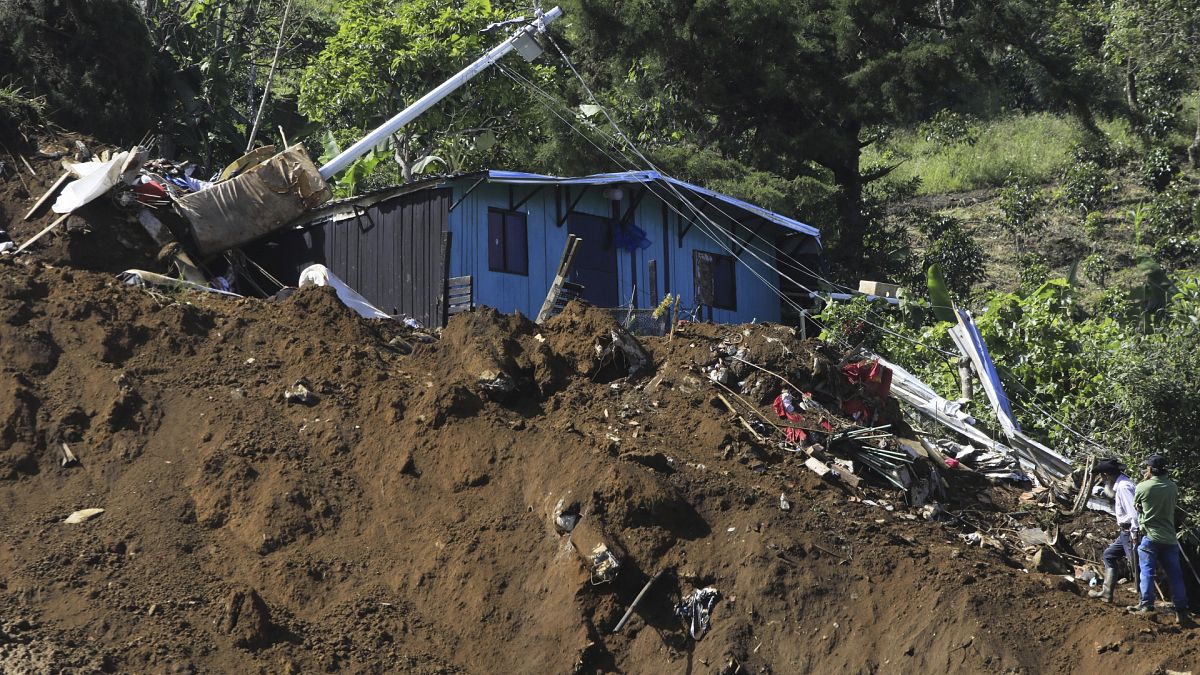

As our planet grapples with the dynamics of a rapidly changing climate, recent environmental events underscore the increasing urgency for comprehensive research and actionable strategies. In South America, intense rainfall leading to tragic floods and landslides in Colombia and Venezuela highlights a pressing need for deeper climate research and solutions tailored to local contexts. Meanwhile, reflections on predictions made decades ago concerning coastal threats offer both insights and cautionary tales, as these forecasts meet reality against a backdrop of evolving ecological concerns. Concurrently, the persistence of wildfire smoke from Canada affecting the United States serves as a potent reminder of the interconnected nature of our environmental challenges.
The devastating rainfall in Colombia and Venezuela brings to the forefront the notion of “scientific injustice,” where researchers point out the disparities in climate research investment and focus. This catastrophic event has shown that scientific studies must not only account for global patterns but also zero in on regional concerns that might be overlooked or underfunded. It emphasizes the importance of boosting research capabilities in areas particularly vulnerable to climatic extremes to ensure more precise attribution and thus, effective mitigation strategies.
A retrospective look at coastal threat predictions made 25 years ago serves as a dual narrative of foresight and limitation. While certain anticipated issues like agricultural pollution and the spread of invasive species have materialized, the complexity and pace of climate change have also introduced unforeseen challenges. These include accelerated sea-level rise and the deterioration of natural coastal defenses, underscoring the importance of adaptive and forward-looking science to stay ahead of these developments. This historical perspective offers hope in the form of learning and evolving methodologies that are better equipped to handle current and emergent environmental threats.
Across the North American continent, the lingering and thickening haze caused by Canadian wildfires presents a direct impact on air quality and public health interests. American lawmakers’ concerns about this cross-border pollution highlight the political dimensions of environmental stewardship and the need for bilateral cooperation. The juxtaposition of legislative support for measures contributing to global warming, such as the Trump administration’s plans, with complaints about the tangible effects of climate change, underscores a need for cohesive policies that address root causes rather than symptoms.
Amidst these unfolding stories, a recent natural phenomenon serves as a reminder of the planet’s intrinsic volatility. A 7.3-magnitude earthquake shook Alaska’s southern coast, prompting tsunami warnings and advisories. Fortunately, these were later downgraded, illustrating efficient warning systems’ role in ensuring public safety. This event accentuates the need for continued vigilance and readiness in seismically active regions—not only in technology and infrastructure but also in nurturing a well-informed and prepared public.
These diverse narratives of environmental impact—from localized disasters to more extended systemic threats—emphasize the necessity for a wise and holistic approach to climate and environmental issues. Investment in robust scientific inquiry, consistent policymaking, and cross-border cooperation are all vital components in nurturing a resilient world prepared to meet the challenges ahead calmly and effectively. As we move forward, prioritizing sustainability and mindfulness in our interaction with the planet remains an essential commitment.
Source: {link}
